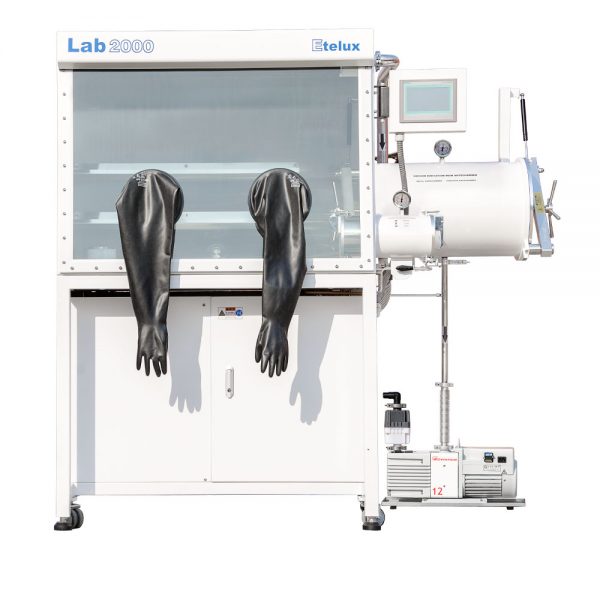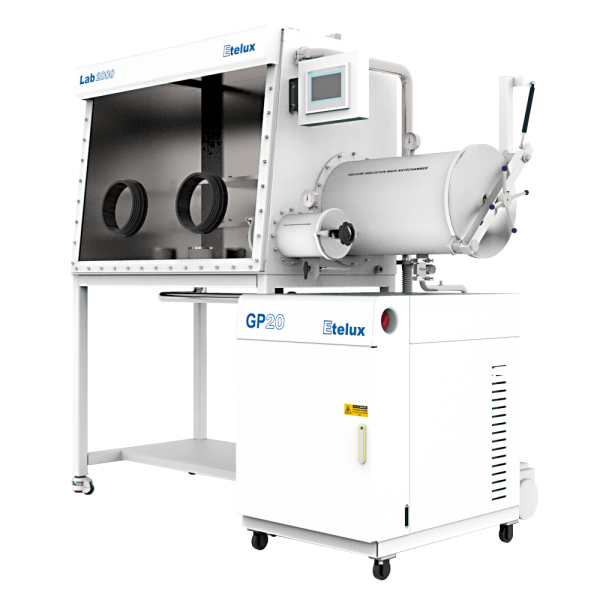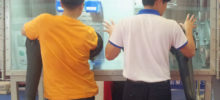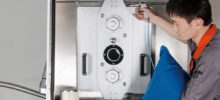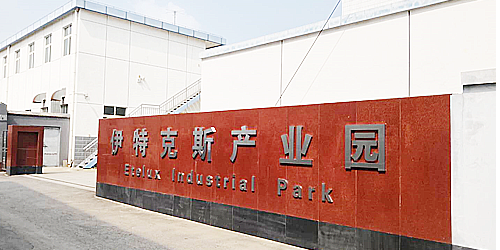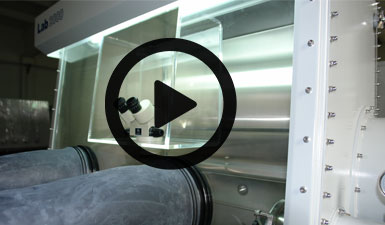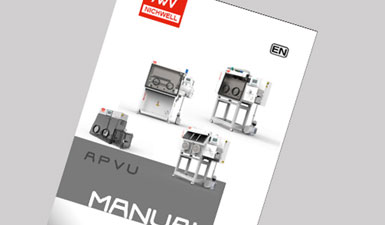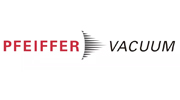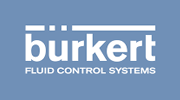Replacing molecular sieves and copper catalysts requires certain handling skills and precautions, and since the two materials are usually packed together and the replacement process may affect the airtightness of the glove box, it is recommended that you try to find a manufacturer or a professional technician to do the replacement.
If you want to replace it by yourself, the following are the general steps:
Preparation: Ensure that the replacement process is carried out in a well-ventilated environment with appropriate personal protective measures, such as wearing gloves and goggles. Also, prepare new molecular sieves and copper catalysts in advance.
Switch off the glove box: Switch off the power supply to the glove box as well as the relevant gas valves, so that the glove box is in a non-operational state.
Remove the purification column: According to the specific structure of the glove box, carefully remove the piping or parts connected to the purification column, and take the column out of the glove box.
Pour out the old material: Carefully pour out the molecular sieve and copper catalyst from the purification column. Take care to avoid spilling and contamination of the materials.
Clean the column: Clean the inside of the column to remove any remaining impurities and dirt.
Load new materials: Load new molecular sieves and copper catalysts back into the purification column according to a certain ratio and order. Generally speaking, the molecular sieve is in the lower layer and the copper catalyst is in the upper layer. Make sure that the filling is tight to avoid any gaps.
Installation of the column: Reinstall the column with the new material back into the glove box and connect the relevant pipes or components. Take care to ensure that the connections are tight to ensure an airtight seal.
Check Gas Tightness: Once the replacement is complete, perform a gas tightness check on the glove box to ensure that there is no gas leakage.
Start the glove box: Re-open the power supply and gas valve of the glove box, and start the glove box to make it run. Observe whether the water oxygen indicator of the glove box returns to normal.
It should be noted that the specific replacement method of molecular sieve and copper catalyst may vary depending on the model and manufacturer of the glove box, so it is best to refer to the instruction manual of the glove box or consult the technical support personnel of the manufacturer for more accurate operation instructions before replacement.
In addition, the old molecular sieve and copper catalyst should not be discarded because the cuprous oxide in the copper catalyst will be oxidised and release heat when it comes into contact with the air, while the activated carbon adsorbs strong volatile organic compounds with a low flash point, and the two can easily cause a fire if they are mixed and come into contact with each other. If the purification system of the glove box still fails to obtain better purification performance after regeneration, the glove box manufacturer should be contacted in time to replace the purification column and adsorption column materials. The main components of the waste purification column and adsorption column materials are copper catalyst, molecular sieve and activated carbon. For these discarded materials, it needs to be prioritised to be taken away and properly disposed of by the manufacturer in a timely manner. If the manufacturer is unable to take away and dispose of them in time, the copper catalyst and activated carbon must be separated in the temporary storage, and it is strictly prohibited to mix them together; it is strictly prohibited to mix the discarded column materials into the solid waste without treatment; and it is strictly prohibited to put the discarded column materials near the flammable and explosive chemicals, heat source and power source. If the laboratory needs to dispose of the waste column material by itself, it can be placed in a fireproof drum or a container made of non-flammable materials such as glass or enamel, and then placed in a ventilated and open place without flammable materials after putting a warning label, and then collected as hazardous waste after inactivation (without obvious exothermic reaction). Inactivation methods include natural oxidation in the air, or slowly and repeatedly adding water in batches and stirring at the same time (the liquid surface covers the material), so that cuprous oxide reacts fully with water and dissolved oxygen until it is inactivated.
In the daily use of the glove box, attention should also be paid to the operation and maintenance in accordance with the safety norms, in order to extend the service life of the molecular sieve and copper catalyst, to ensure the normal operation of the glove box and experimental safety.
Worldwide shipping
Shipping & Returns

